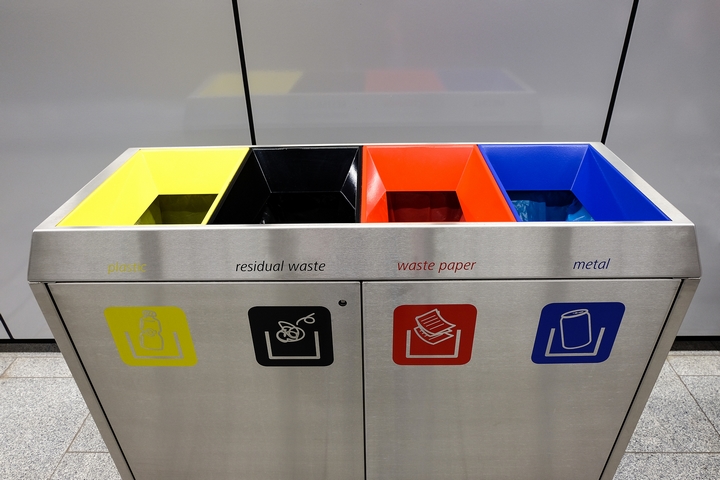
You know the benefits of recycling—it helps protect the environment, save on energy, save resources, and more. Still though, it can be difficult to implement an effective recycling program in the workplace.
Even with its clear benefits, there are many barriers to recycling in the workplace. Despite your best efforts, you may still be struggling to get your program off the ground or meet your targets.
Here are some of the most common barriers to office recycling and how to overcome them.
1. Lack of Management Support

For a recycling program to succeed, there needs to be management support. Managers are in an important role and can help change attitudes, motivate employees, and increase awareness of the program.
Without management support, you could have difficulty getting your green initiative on the agenda.
To solve this challenge, make a convincing case for recycling. Do your research and share the benefits of recycling in the workplace. Determine how recycling programs can save the business money—for example, by reducing waste collections. This is more likely to get management’s attention.
2. Low Employee Participation

Whether you work in a small or large company, it can be difficult to get all employees on board with the program. They may not know where the recycling bins are placed or what they can and cannot recycle. As a result, they continue to throw recyclables in the trash because it’s simpler and more convenient.
With effective employee education, you can reduce confusion, increase awareness, and help make recycling second-nature to everyone.
With management support, you may be able to turn recycling into a company policy. This is particularly important if you have a high turnover or employ many casual and temporary employees. You can have the policy and instructions written in employee handbooks and information packs, so all new employees are made of the program from day one.
Consider using stickers, brochures, and postures to share education on the program as well. If you are using an external contractor for the program, ask for existing recycling resources you can share with the staff.
Once all employees know exactly what to do, what is expected of them, and what to recycle, they’ll be more likely to participate.
3. Poor Employee Motivation

Management might understand the cost-saving and environment benefits of recycling in the office. Employees may know exactly what’s expected of them. Still, the workforce may not care enough to recycle. Workers may feel disengaged with or inconvenienced by your program.
Just as you explained the benefits of recycling to management, do the same with staff. It’s important employees understand why they’ve been asked to recycle. You can also create fun challenges or offer incentives for recycling in the early stages of implementation in order to boost employee motivation. In addition, you can provide information on the total amount recycled in any given month as well as the costs saved by the initiative to show employees the impact they’re making through their participation.
4. Inconvenient or Confusing Bin Location

To ensure all staff members participate in your new recycling initiative, ensure it doesn’t inconvenience them or drastically change their day-to-day routines. For example, forcing employees to head to the basement every time they need to place items in the recycling bin is not going to work effectively.
Instead, be strategic about your bin locations. Place recycling bins throughout the office on all floors. Place them near prime recycling areas, such as the vending machine and the photocopier, to encourage recycling. Consider adding small recycling bins at all employee desks, and ensure bins are placed directly beside general waste bins.
If recycling is convenient, employees will be more likely to participate.
By overcoming these four barriers, you can make office recycling a greater success.
